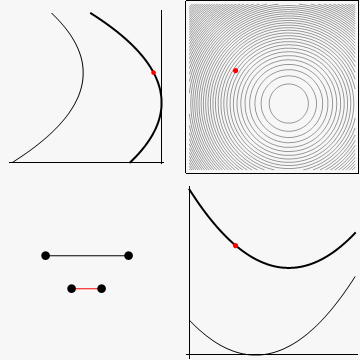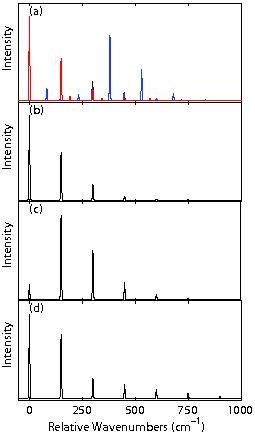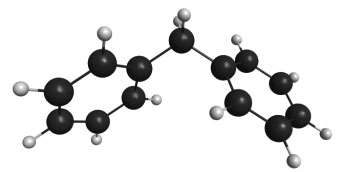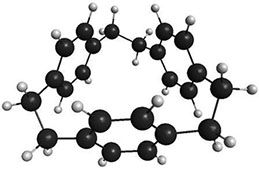Theoretical Chemistry Purdue
Slipchenko Group
Vibronic interactions in multi-chromophores
The interaction of light and matter is a fundamental phenomenon which understanding and control are quintessential for advances in science and technology. Often, quantum-mechanical treatment of the light-induced processes can be simplified by separating electronic and nuclear degrees of freedom by introducing the conventional Born-Oppenheimer approximation. Yet, to explain processes such as conversion of solar to electrical energy as occurs in photosynthetic centers of plants and bacteria and is mimicked in photovoltaic devices, the electronic and nuclear motions cannot be uncoupled such that the BO approximation should be abandoned.
One can solve the vibronic problem by composing and solving an electronic-vibrational Hamiltonian. Such theory for modeling vibronic interactions in bichromophores was introduced in sixties by Witkowski and Moffitt [Witkowski and Moffitt, J. Chem. Phys. 1960, 33, 872] and extended by Fulton and Gouterman [Fulton and Gouterman, J. Chem. Phys. 1961, 35, 1059].

Caption: vibronic coupling in a bichromophore with a single vibrational mode on each chromophore (monomer).
The upper left figure and the lower right figure show the potential energy surfaces for monomers A and B. The upper parabolas represent the excited states and the lower parabolas are the ground states. The bold parabola is the PES that the vibration is currently following. The upper right figure is the contour plot of the current PES for the dimer. The lower left figure shows a diagrammatic representation of the bichromophore with the red line representing the currently excited monomer and the black line representing the monomer in the ground electronic state. As the electronic excitation transfers between the two monomers (because the electronic energy levels are nearly degenerate) it mixes in vibrational excitations due to the displacement along the vibrational coordinate between the ground and excited electronic states.

Caption: Vibronic spectrum in the intermediate coupling regime.
In frame (a), the red trace represents peaks attributed to the S1 emission and the blue trace represents peaks attributed to the S2 emission. Frame (b) shows the emission spectrum from the S1 origin, frame (c) shows the emission spectrum from the 82.1 cm-1 S2 peak and frame (d) is the emission spectrum from the 380.2 cm-1 S2 peak. Thus, in the intermediate coupling regime it is not possible to definitively assign the S2 origin.


Caption: Flexible bichromophore diphenylmethane (DPM) and Tricyclophane.
The original Fulton-Gouterman (FG) vibronic coupling model is limited to the dimers that have a symmetry element interchanging the Hamiltonians of monomers. The symmetry element simplifies the dimer Hamiltonian and its numerical solution. However, at the expense of increased computational complexity, the Hamiltonian can be left in the asymmetric form and, after expanding the vibrational wave function in a basis, diagonalized numerically using the iterative Lanczos diagonalization. Using this approach, we extended the FG model to multi-chromophore systems that lack symmetry, such as asymmetrically deuterated systems or systems with asymmetric molecular orientations, substituent groups on monomers, or monomers that experience different interactions with environment, as would occur in realistic biological or materials systems.
Current systems under study are diphenylmethane (DPM) and its asymmetrically deuterated analogue, as well as tricyclophane (which has symmetry breaking due to monomer orientation).